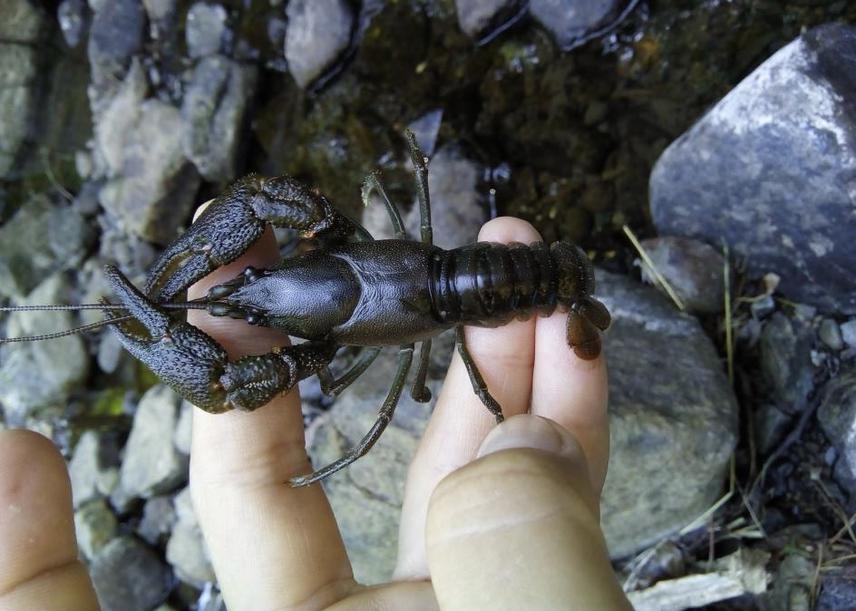Katarina Zorić
Collected data will be used to fill gaps regarding distribution of A. torrentium in this part of its range, providing basis for better assessment of its conservation status.

Austropotamobius torrentium (Schrank, 1803) is one of a six autochthounous decapod species in Europe and one of three recorded in Serbia. Serbia is one of few countries in its native range with general lack of data regarding status of A. torrentium, although it is listed as one of strictly protected species.
As the upper stretches of hilly and mountainous streams are considered as typical habitats for A. torrentium, watercourses in mountainous parts of the western, southern and eastern Serbia will be in the focus of this investigation. Out of ten drainages existing in Serbia, eight of them will be investigated during the research ‒ Danube, Drina, Kolubara, Zapadna Morava, Južna Morava, Timok and rivers belonging to the Aegean sea basin.
The field investigation will be conducted from the beginning of May to the end of October 2017 and from June to July of 2018 as an additional field investigation. For every watercourse microhabitat sampling location will be determined. Individuals of the stone crayfish will be trapped with a LiNi traps. Also, for genetic analysis leg or antennal tissue from 3 individuals from every group will be taken.
Collected data will help us to:
a) make a map of current distribution of stone crayfish in Serbia,
b) estimate population density of recorded populations,
c) assess ecological status of its aquatic habitats and identifying the main treats
d) compare obtained distribution data with literature data, in order to obtain more detailed knowledge necessary for assessing its status.
Genetic data will provide basis for estimating population diversity and accompanied with habitat data, will provide better insight into populations’ status.
Besides listed goals raising public awareness for preservation of mountainous habitats as important sites for A. torrentium and biological diversity in general will be in the focus of this project. Planned educational materials and lectures will have a key role in encouraging and motivating local communities and young people to be actively involved in a protection of this crayfish species. As the majority of streams planned to be investigated within this project are located in protected areas we intend to make a contact with representatives of protected areas, users of fishing areas and local ecological societies in order to promote nature conservation activities, especially regarding native crayfishes.